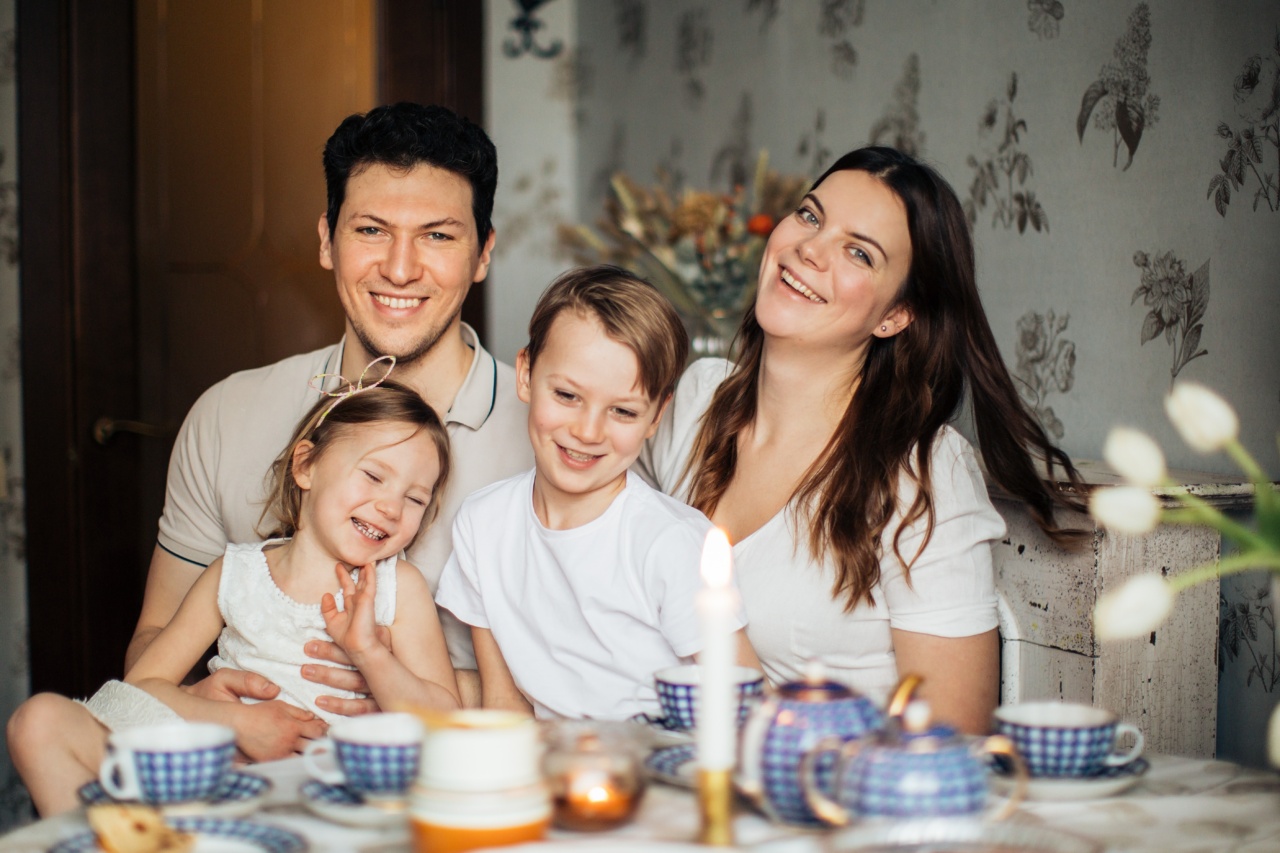As humans, we all crave connection with others. Relationships are an essential part of our lives, and they take many forms. Traditionally, we have been taught to think of relationships in a binary way – either romantic or platonic.
However, recent research has suggested that there are actually four distinct types of relationships. By understanding these different types, we can better understand our own relationships and improve our connections with others.
Type 1: Communal Relationships
Communal relationships are characterized by a focus on the needs of the other person, rather than on one’s own needs. In these relationships, individuals prioritize the well-being of the group over their own personal gain.
This type of relationship is often seen in close-knit families or communities, where individuals work together towards a common goal. In communal relationships, there is a high level of empathy, trust, and mutual respect between the individuals.
Type 2: Exchange Relationships
Exchange relationships, on the other hand, are based on a more transactional approach. In these relationships, individuals seek to maintain a balance of benefits and costs between themselves and the other person.
This type of relationship is often seen in professional settings, where individuals are working towards a shared goal, but are also looking out for their own best interests. In exchange relationships, there is less emphasis on trust and emotional connection, and more emphasis on reciprocity and fairness.
Type 3: Authority Relationships
Authority relationships are characterized by a power dynamic, where one person has more control and influence over the other.
This type of relationship is often seen in hierarchical organizations, such as government or business, where individuals are working under a supervisor or manager. In authority relationships, there is a tendency towards obedience and compliance, rather than collaboration and mutual decision-making.
Type 4: Communal-Exchange Relationships
The final type of relationship is the communal-exchange relationship, which is a combination of both communal and exchange relationships. In these relationships, individuals are focused on both the needs of the group and their own personal needs.
This type of relationship is often seen in personal friendships, where individuals support each other emotionally, but also have expectations of reciprocal support and mutual benefit. In communal-exchange relationships, there is a balance between empathy and reciprocity.
Which Type of Relationship Do You Have?
Now that we have explored the four types of relationships, you may be wondering which type of relationship you have. It’s important to note that most relationships are not purely one type or another.
Instead, relationships exist on a spectrum, and can shift depending on the context and situation.
For example, a work relationship between two colleagues may be primarily an exchange relationship, but may also have elements of a communal-exchange relationship, such as mutual help or support during stressful times.
Similarly, a romantic relationship may be primarily a communal-exchange relationship, but may also have elements of an authority relationship, such as one partner having more decision-making power than the other.
To determine which type of relationship you have with someone, consider the following questions:.
- How do you prioritize the needs of the other person?
- Do you approach the relationship with a focus on reciprocity and fairness?
- Is there a power dynamic between you and the other person?
- Do you feel a strong emotional connection to the other person?
By answering these questions, you can gain a better understanding of the type of relationship you have with someone, and identify areas for potential improvement or growth.
Improving Your Relationships
No matter which type of relationship you have, there are always opportunities for growth and improvement. Here are some tips for strengthening your relationships:.
- Practice empathy and active listening
- Be open and honest with your communication
- Set clear boundaries and expectations
- Make time for quality interactions and shared experiences
- Be willing to compromise and find a mutually beneficial solution
By incorporating these practices into your relationships, you can cultivate stronger connections and deepen your understanding of each other.
Conclusion
Relationships are complex and multifaceted, and it’s important to recognize the different types of relationships that exist.
By understanding the four new types of relationships – communal, exchange, authority, and communal-exchange – we can better navigate our connections with others, and develop stronger, more fulfilling relationships.




























